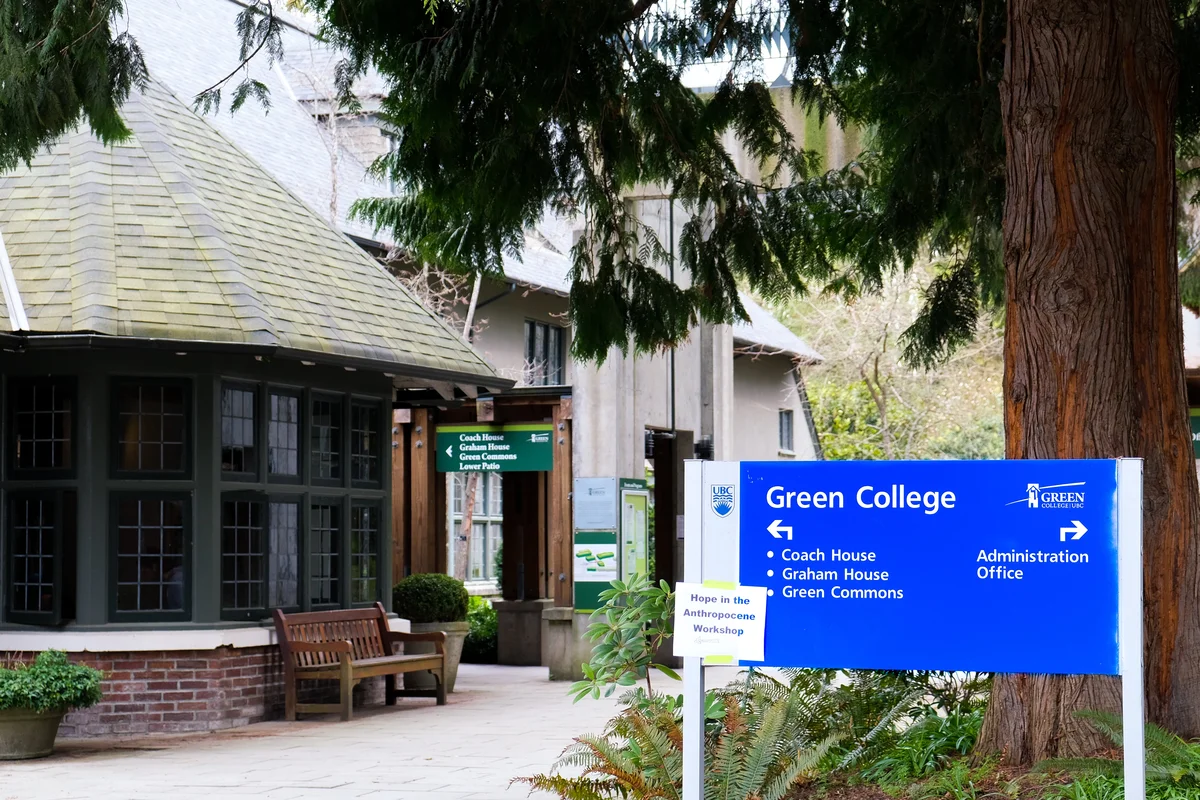
Health authorities, researchers and advocates met at a Green College panel on April 17 to discuss the cause of Vancouver’s opioid crisis and why solving it might be easier said than done.
Run by the Green College Outreach Committee, the event was hosted by graduate students hoping to bridge the divide between academics and advocates in a health crisis that killed 1,156 British Columbians in 2017. The panel included speakers ranging from health experts to journalists to harm reduction advocates in order to provide a full picture of the crisis, according to organizers.
“Having that unique combination of views together was really eye opening because we had people speaking form their academic perspective … and then people fighting this issue on the streets everyday and calling for bigger change at the political scale,” said Committee Co-Chair Christina Vaculik
Even though the panelists brought a wealth of ideas and experience, they were quick to set the tone of the discussion — that change doesn’t come easily nor quickly.
“These are the knowledge holders in Canada with respect to this issue,” said MC Shovita Padhi, a medical officer with Fraser Health. “Frankly speaking, if we implemented all their solutions, we wouldn’t have this problem.”
“That also makes us the impotent knowledge holders,” noted Darwin Fisher, director of the Insite safe injection centre. Fisher’s comment captured a key note of the panel — even when the ideas are there, change is slow to come.
- ‘Nobody Knows’: UBC struggles to respond to Vancouver’s fentanyl crisis
- ‘Unique internationally’: Vancouver sees widespread and frequent contamination in illicit drugs
Lorna Bird, president of Vancouver Area Network of Drug Users (VANDU), celebrated the organization’s success in helping drug users, but noted that government was almost always behind the curve set by the community, leaving health agencies unprepared for a problem like fentanyl contamination.
“I would be interviewing someone about fentanyl, and 20 feet away from me someone would start overdosing on fentanyl,” said Georgia Straight journalist Travis Lupick. “Everything changed.”
Bird and VANDU have been some of the leading voices for reforming drug policy in Vancouver — and the medical community has followed suit. Dr. Mark Tyndall of the BC Centre for Disease Control said he became briefly known as the “vending machine doctor” after suggesting that governments distribute hydromorphone pills through vending machines as an alternative to contaminated street drugs. He noted that the prevalence of fentanyl, which is more commonly being prepared by inexperienced manufacturers “in a blender” was much more dangerous than substances such as heroin.
“There are no Walter Whites in Vancouver,” he added.
Mohammed Karamouziam, an HIV/AIDS epidemiologist at the BC Centre on Substance Use, blamed the crux of the crisis on the stigmatization of drugs users, arguing that a harm reduction approach that views users as people — not addicts — was a crucial part in advancing the conversation.
Fisher, who directs the city’s first and largest supervised injection site, added that a central tenet of harm reduction was “giving agency to the people you’re helping.” He noted Insite as an example where empathetic treatment has succeeded in curbing overdose rates.
“Letting them use as they please that site with as few restrictions as possible ... is key to success,” said Fisher. “It’s how you have to roll in that community.”
But even as ideas abound, solutions are slower to come. While policy experts, the community and even some politicians agreed on the need to ease access to substances and increase support for vulnerable communities like the Downtown Eastside, policy usually take years to catch up.
“If I can be a little self-critical, sometimes we like to talk about this a lot at panels — but nothing really gets done,” said Fisher.

